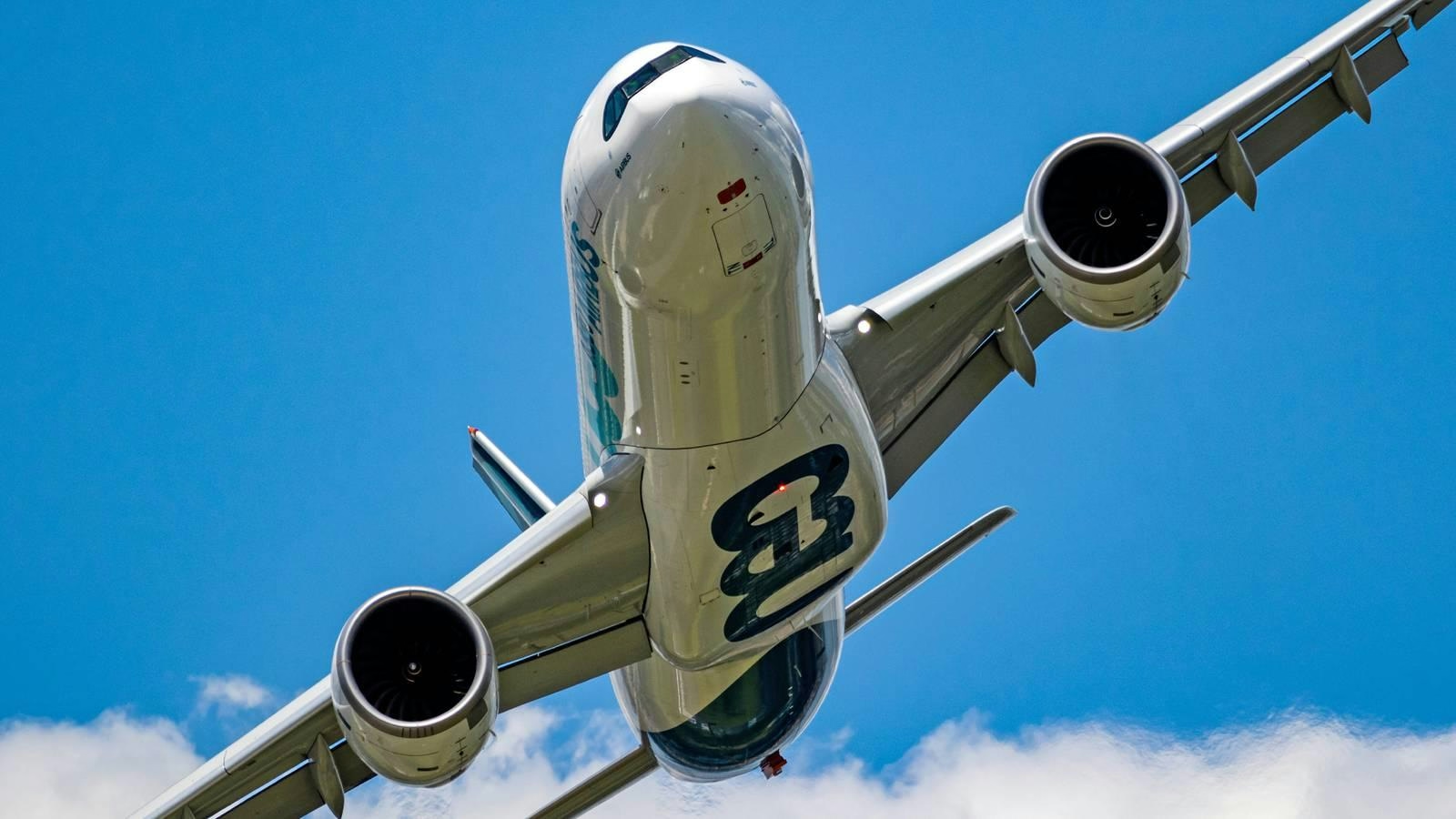
AeroGenie — Seu copiloto inteligente.
Tendências
Categories
Why Did McDonnell Douglas Equip the DC-8 with Four Engines?
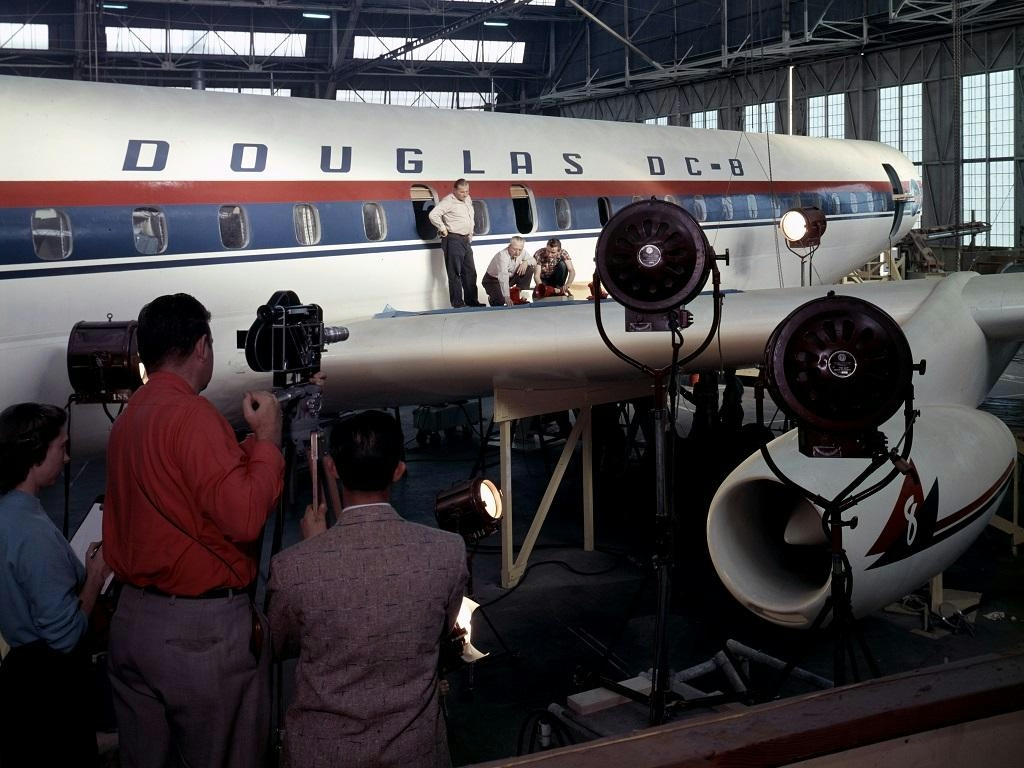
Why Did McDonnell Douglas Equip the DC-8 with Four Engines?
The McDonnell Douglas DC-8 remains a landmark in aviation history, symbolizing the advent of the commercial jet age in the United States. Originally developed by the Douglas Aircraft Company—prior to its 1967 merger with McDonnell Aircraft—the DC-8 was among the first long-range jet airliners. It completed its maiden flight on May 30, 1958, and entered commercial service with Delta Air Lines in September 1959. Featuring a sleek, narrowbody design with four engines mounted beneath swept wings, the DC-8 revolutionized air travel by enabling faster transcontinental and transatlantic flights, thereby reshaping global connectivity.
The Context of the 1950s Jet Age
During the early 1950s, Douglas Aircraft dominated the commercial aviation market with piston-powered airliners such as the DC-6 and DC-7, which accounted for over 80% of the U.S. commercial fleet. Despite their widespread use, these aircraft were constrained by relatively slow cruising speeds and lengthy transatlantic crossing times. The introduction of the De Havilland Comet in 1952—the world’s first commercial jet airliner—demonstrated the transformative potential of jet propulsion, offering faster and smoother flights. This development prompted Douglas to initiate work on a jet-powered successor.
Initially, Douglas pursued military contracts, proposing a jet tanker variant for the U.S. Air Force. However, after losing the contract to Boeing’s KC-135, the company redirected its focus entirely to the civil aviation market, announcing the DC-8 in 1955. The aircraft was designed as a 150-foot-long narrowbody, capable of seating up to 190 passengers and intended for both transcontinental and transatlantic routes.
The Rationale Behind Four Engines
The choice to equip the DC-8 with four engines was deliberate and grounded in the technological, regulatory, and market conditions of the 1950s. At that time, jet engine technology was still nascent. Engines lacked the power and reliability of today’s high-bypass turbofans, making redundancy a critical safety consideration. Four engines provided the necessary thrust for long-range flights and offered a vital safety margin in the event of an engine failure. This was particularly important in an era before the establishment of extended twin-engine operations (ETOPS) regulations, which now permit two-engine jets to safely traverse long overwater routes.
Regulatory frameworks also influenced the design. Aviation authorities mandated multiple engines for transoceanic flights, and airlines preferred aircraft configurations that maximized reliability and operational flexibility. The market responded favorably to the DC-8’s four-engine layout, perceiving it as a guarantee of safety and efficiency. Competitors, including Boeing with its 707, adopted similar four-engine designs, reflecting an industry-wide emphasis on robust safety standards.
Enduring Legacy
The DC-8’s four-engine configuration encapsulated the technological optimism and practical realities of its era. While subsequent advances in engine reliability and efficiency have allowed modern aircraft to operate safely with just two engines, the DC-8 set a benchmark for safety and performance during a pivotal period in aviation history. Contemporary discussions surrounding tariffs, production rates, and aircraft design continue to reflect the complex balance of safety, efficiency, and market demands that shaped the DC-8’s enduring legacy.
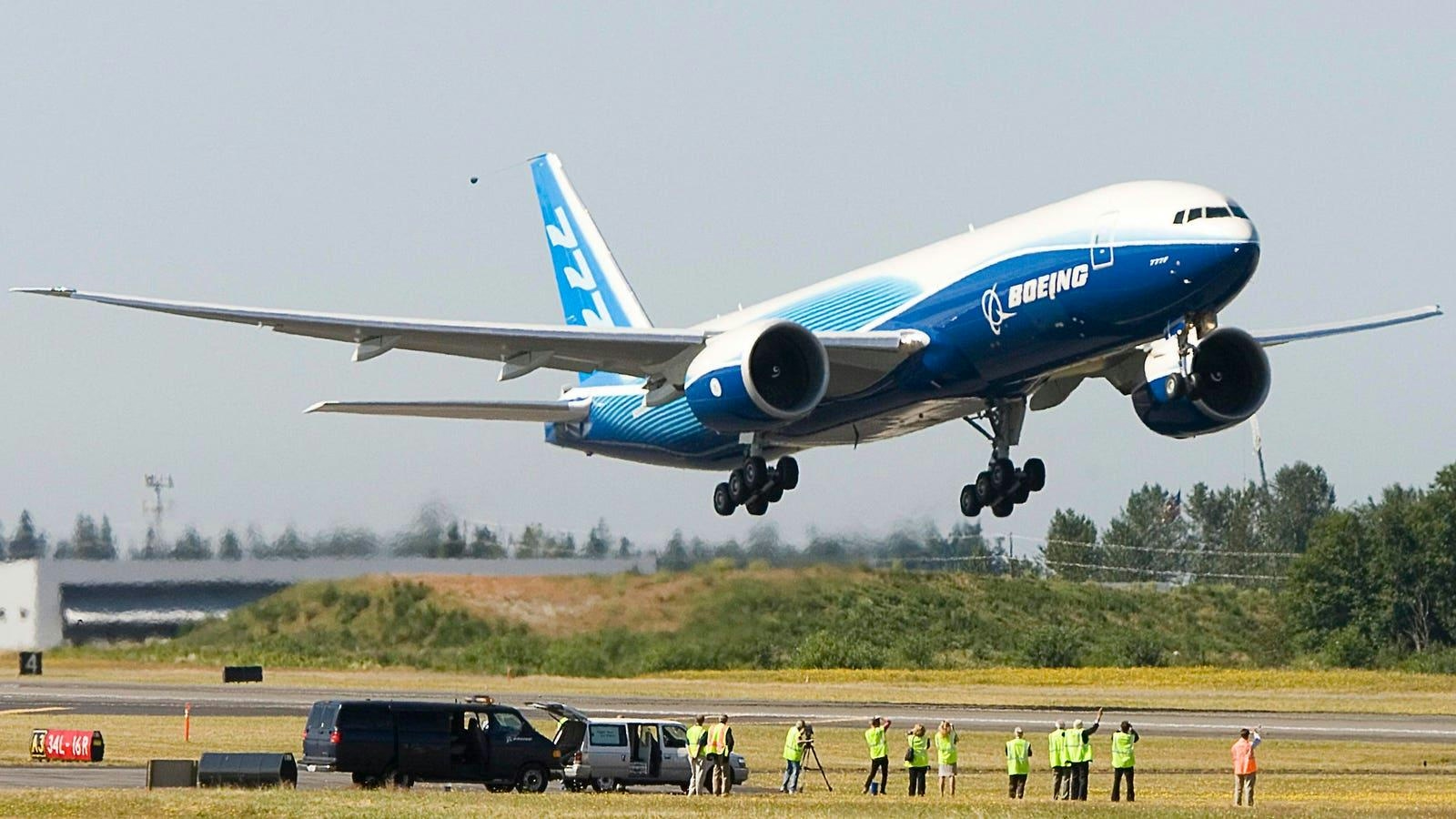
New Aircraft to Succeed the Boeing 777-200LR
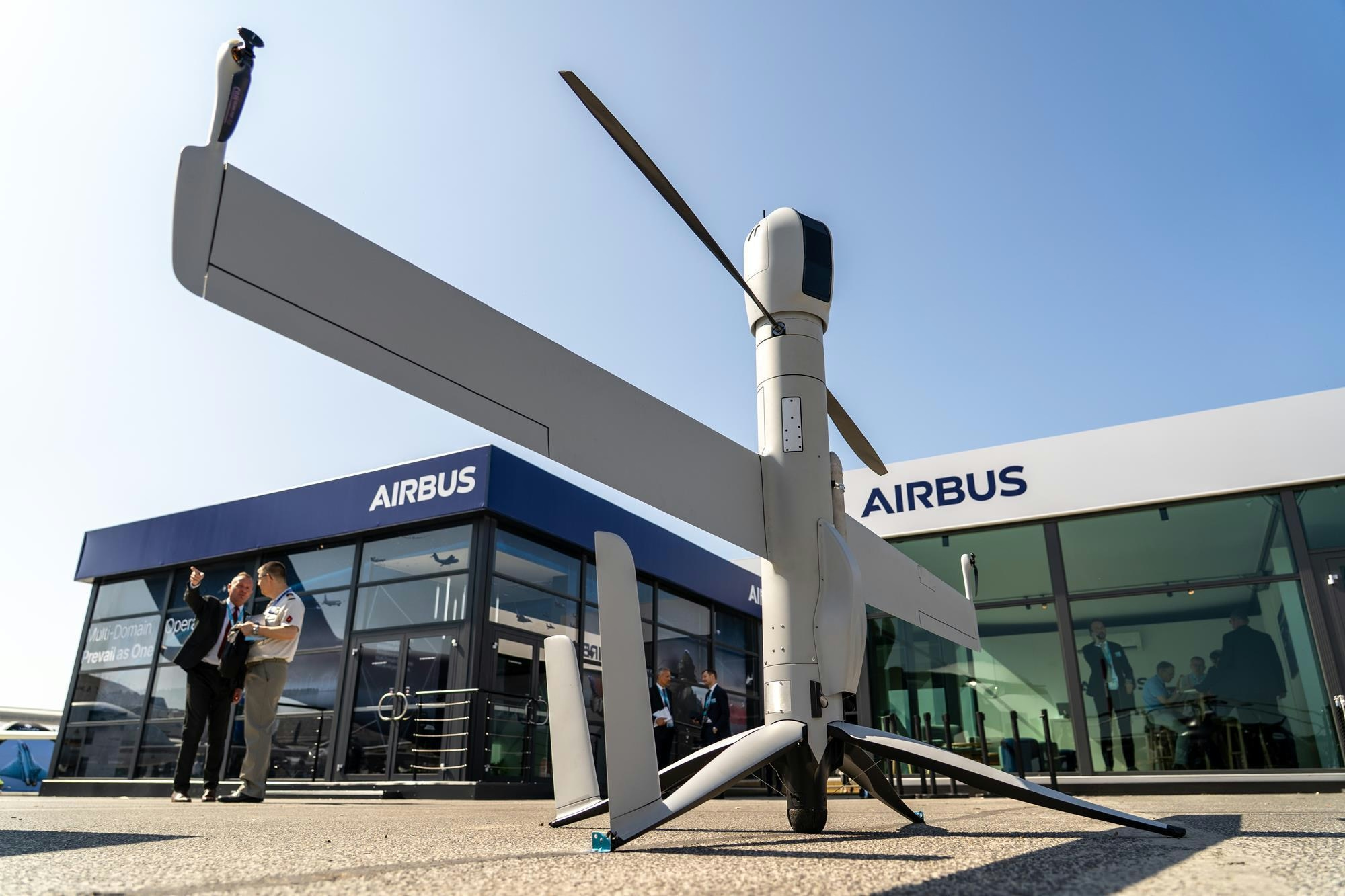
Uzbekistan Becomes First in Central Asia to Order Airbus Flexrotor Drones
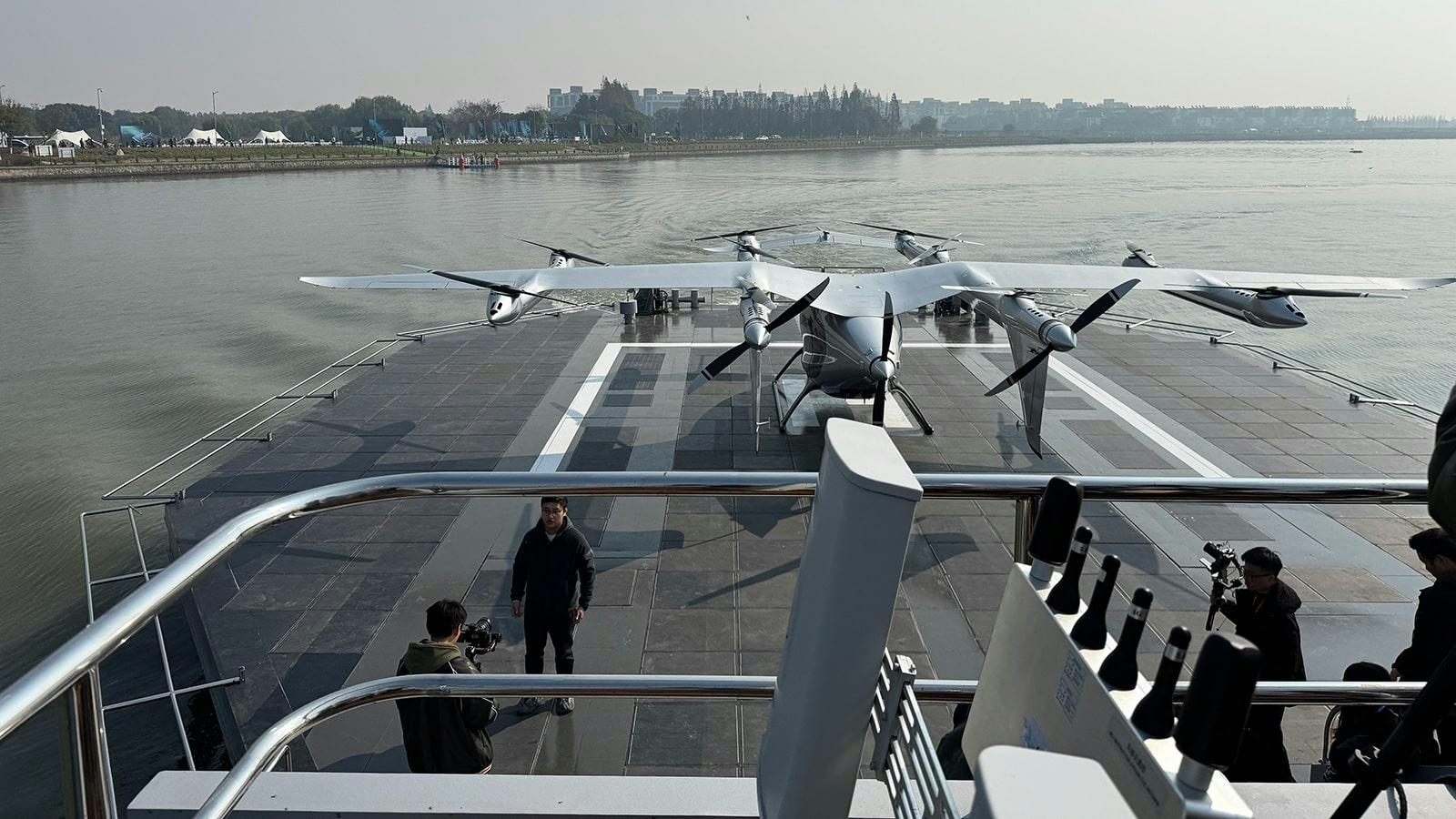
AutoFlight Unveils Zero-Carbon eVTOL Water Vertiport

SmallRig Partners with Photographer Chen Cheng to Advance Aerial Imaging
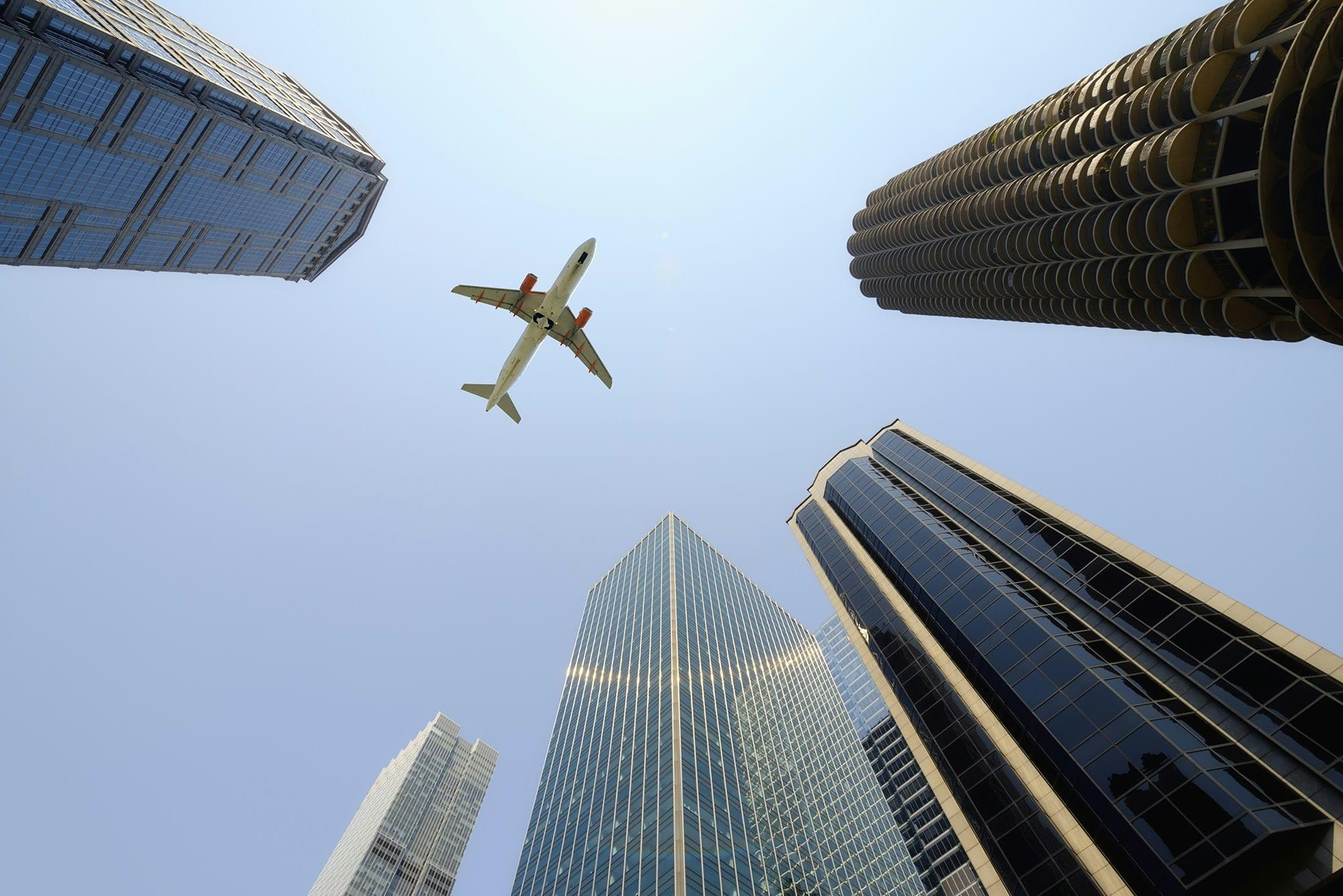
Aviation Lease Rates Hit Record High
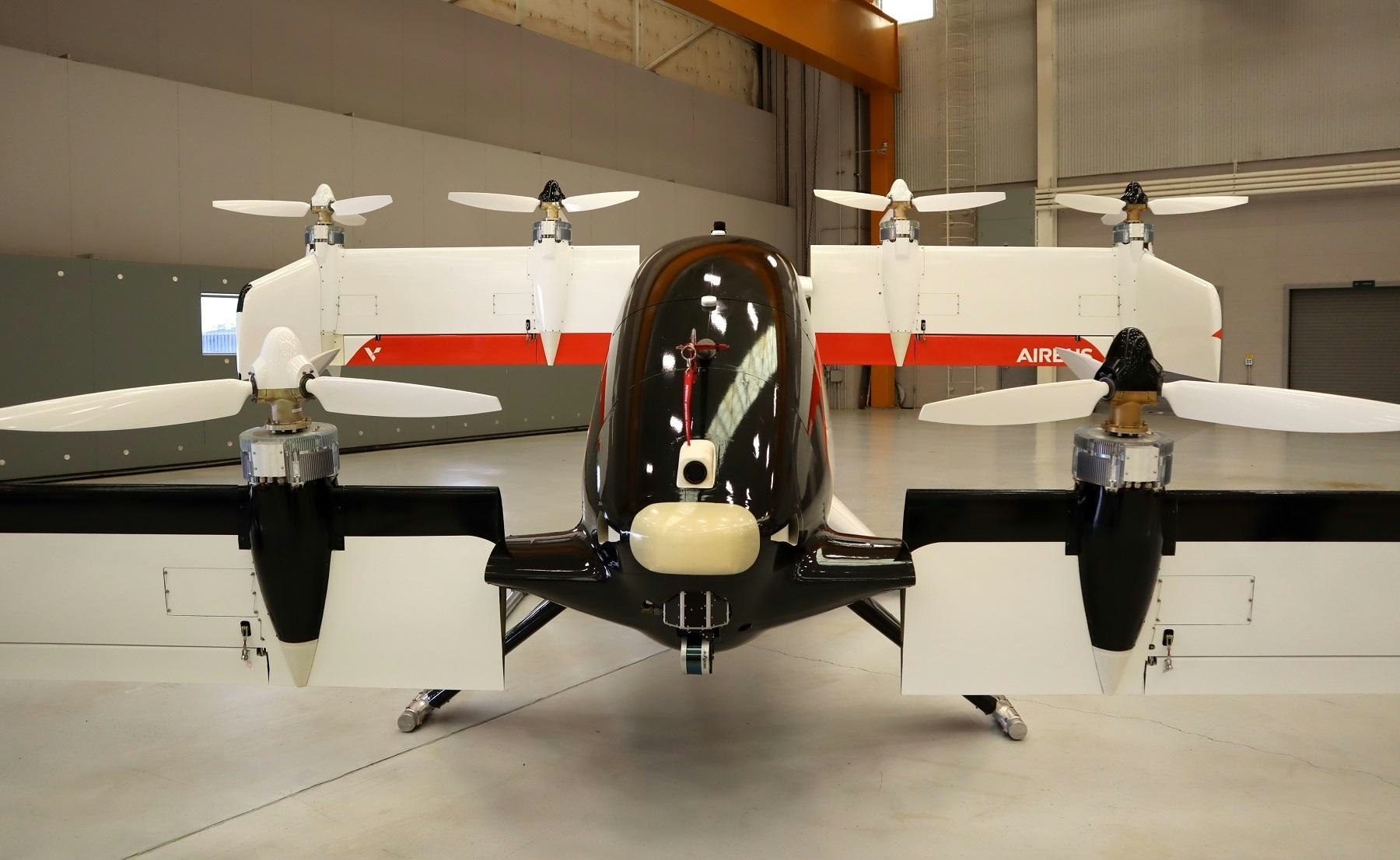
Inside a Four-Seater Flying Taxi Designed for Future Pilotless Flights
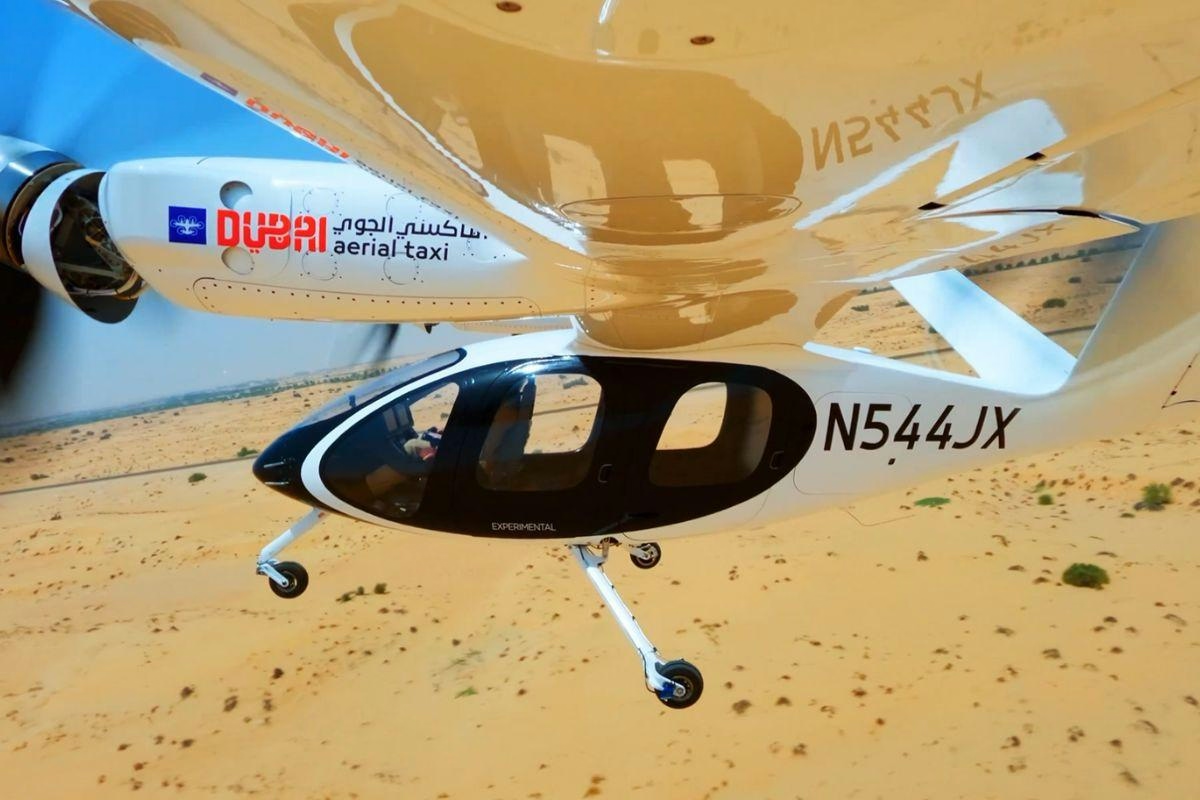
Dubai Prioritizes Public Safety Ahead of 2026 Air Taxi Launch
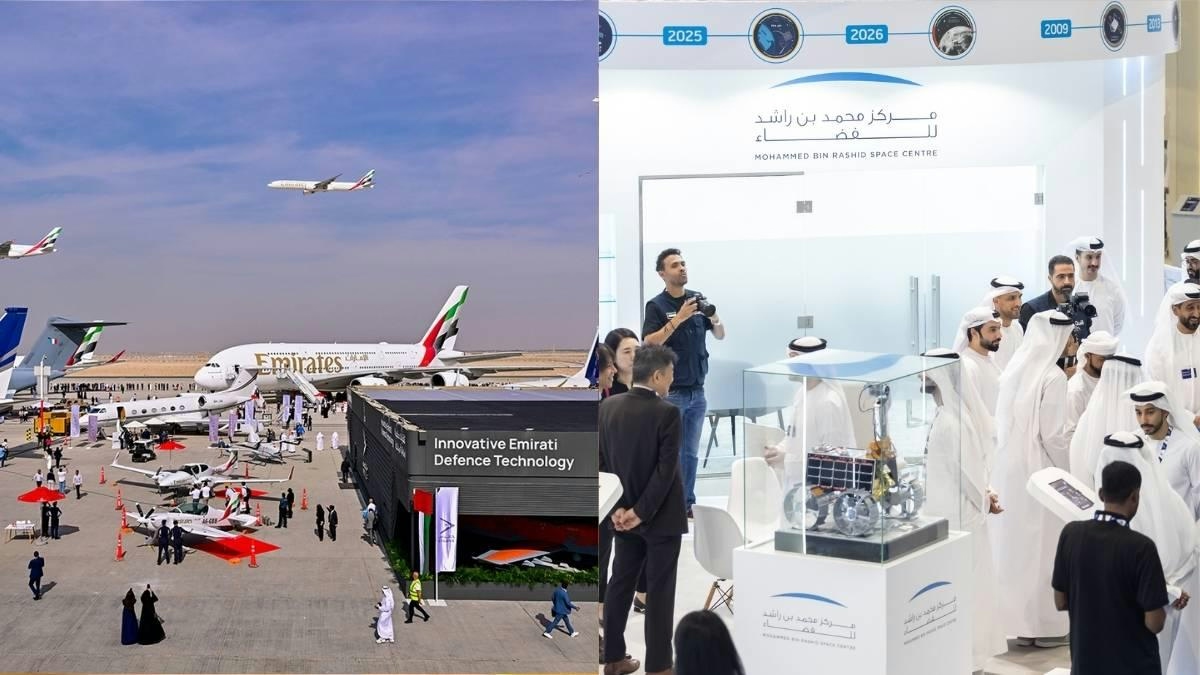
Emirates Airlines Unveils Major Initiatives at Dubai Airshow
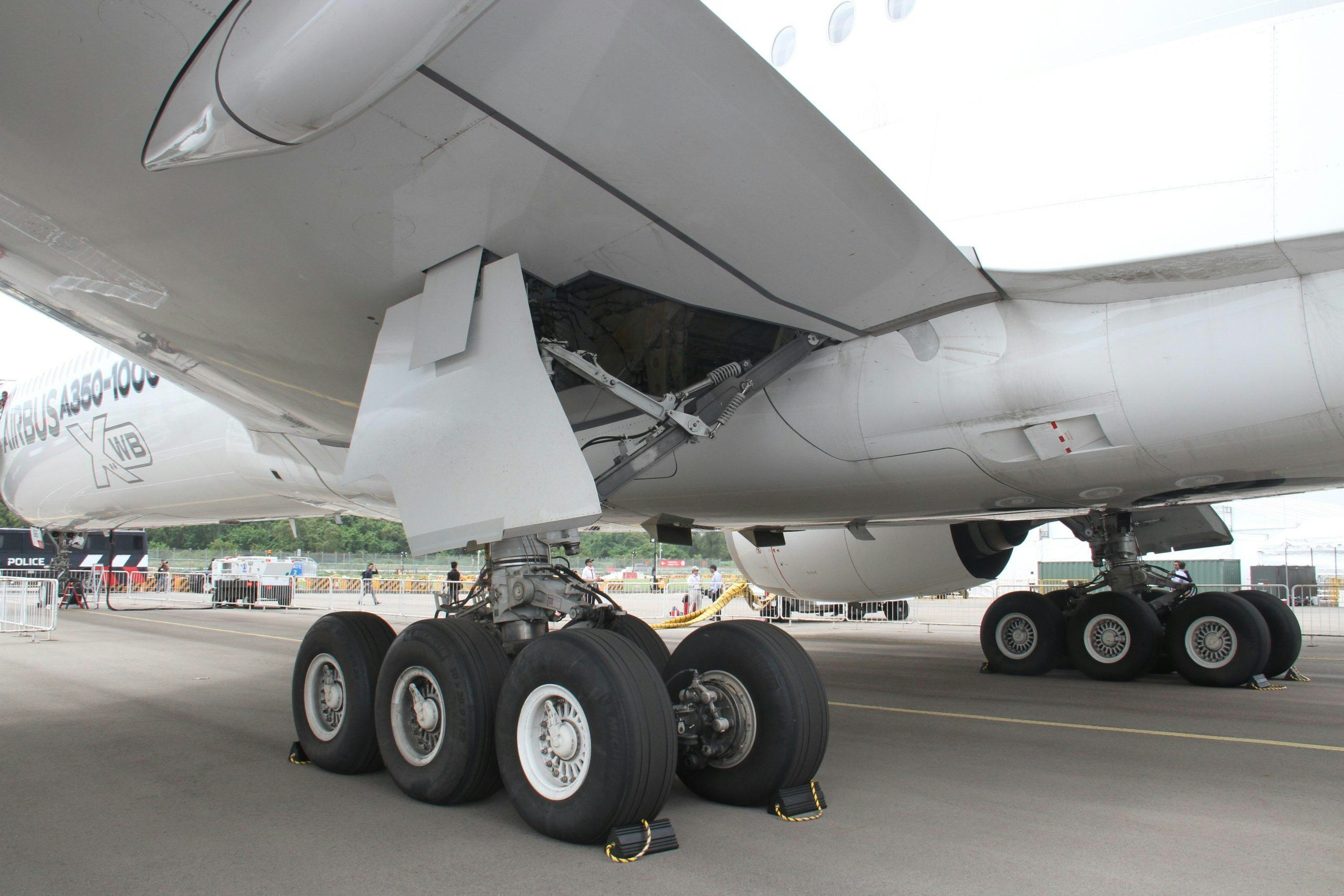
Why Airbus Markets the A350 as a Long-Range Leader
